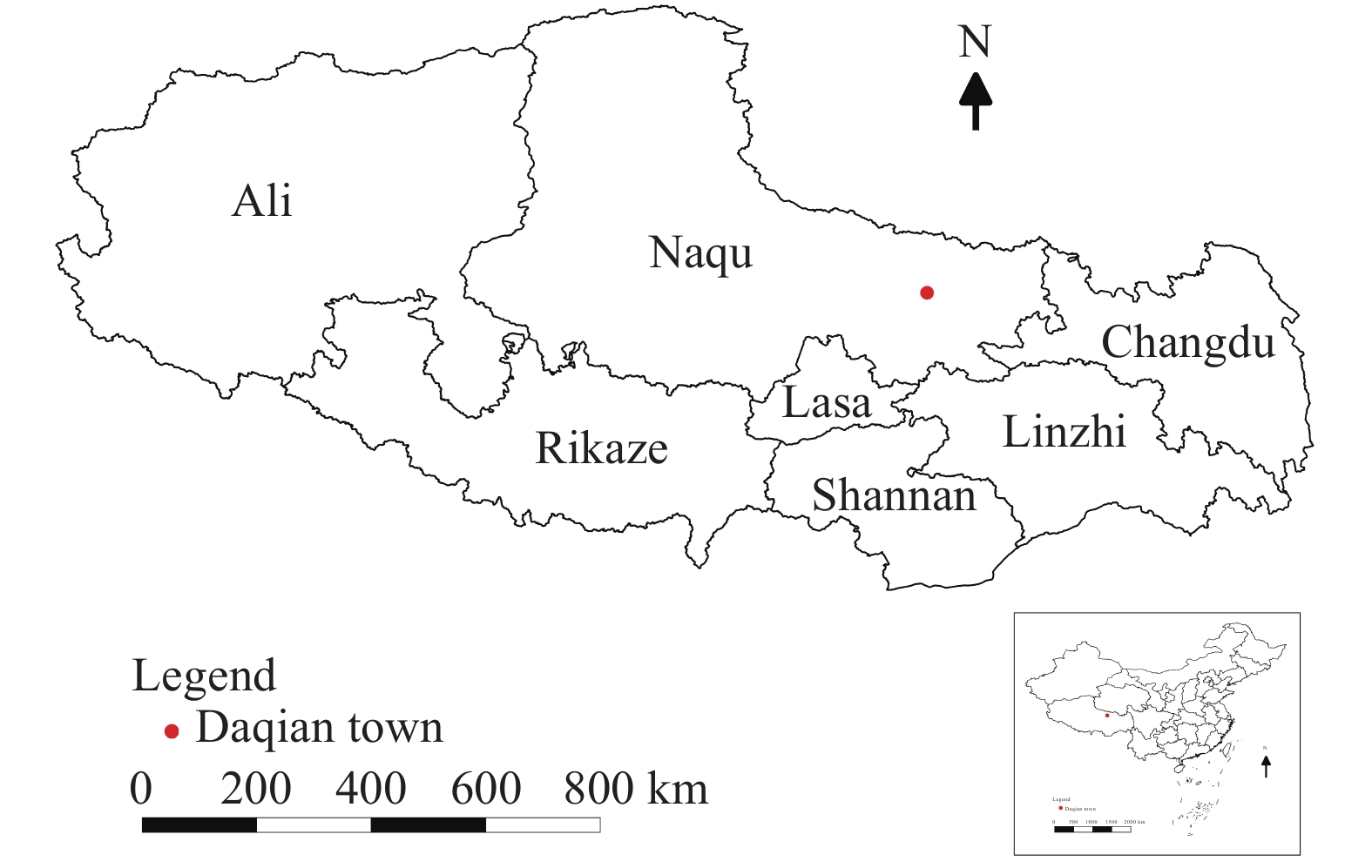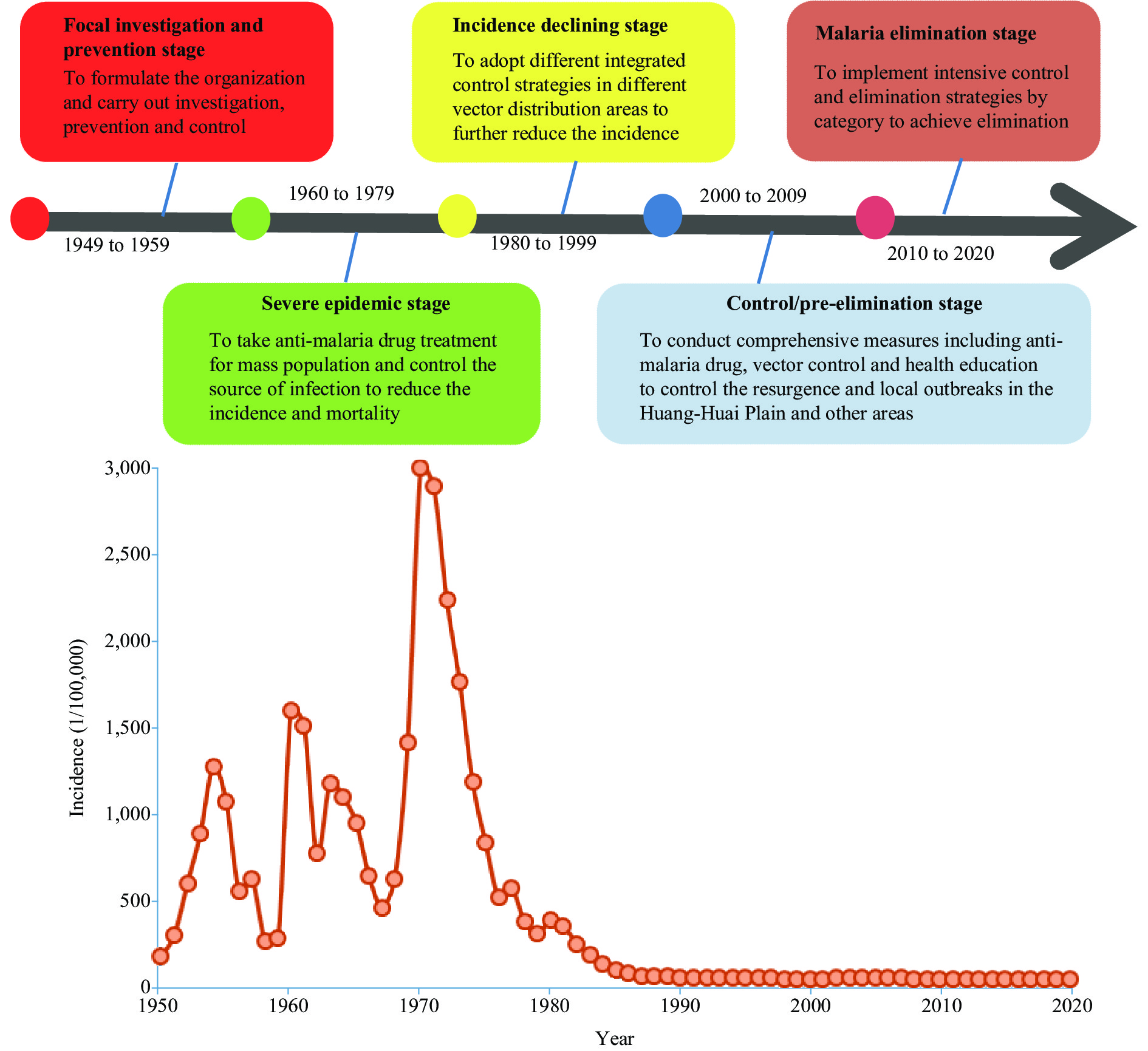2022 Vol. 4, No. 44
The rate of secondhand smoke (SHS) exposure among female junior high students in 2013–2014 in China was 69.9%.
The rate of SHS among adolescent girls in 2019 in China was 62.8%, with 60.8% in junior high and 65.3% in senior high school, meanwhile, higher SHS exposure was correlated to higher grade levels, senior high school over junior high school, urban areas, those with more pocket money, those who’ve attempted smoking, exposure to tobacco advertisements, those with parents who smoke, those with close friends who smoke, use of e-cigarettes, and belief that SHS exposure is detrimental to health.
The rate of SHS exposure among adolescent girls in China still remains extraordinarily high. Targeted public health initiatives to curb SHS exposure among adolescent girls are urgently needed in China.
Echinococcosis is a serious zoonotic parasitic disease that predominantly infects humans; domestic animals like cattle or sheep; as well as wild animals such as small rodents. To date, there is a lack of comprehensive information about all potential environmental transmission routes for Echinococcus.
This study assesses the importance of under-researched environmental factors for the transmission of Echinococcus. It concludes that hand hygiene is an important factor in the robust environmental transmission of Echinococcus granulosus.
This study suggests that residents are at risk of catching echinococcosis through hand-oral transmission routes. Health education given to local residents is thus a key intervention, as well as avoiding close contact with dogs and ensuring proper hand-washing practices are followed.
The objective of this paper was to assess the epidemiology of rabies in Hunan Province, analyze the associated factors, understand the status of prevention and treatment after rabies exposure, evaluate the effectiveness of prevention and treatment, and provide a scientific basis for formulating effective prevention and control measures.
The surveillance data of rabies in Hunan Province in 2020 were collected and analyzed by descriptive epidemiological method.
In 2020, a total of 59 cases of rabies were reported in Hunan Province, with an incidence rate of 0.09/100,000. Overall, 42 cases (71.19%) were due to animal bites and 43 cases (72.88%) were of grade III. The proportion of hand and combined injury of hand was the highest (40.68%). A total of 603,261 cases of rabies exposure were reported from the rabies post-exposure prophylaxis (PEP) clinic in Hunan Province. Dogs were the main animal causing injuries, accounting for 74.21%. Only 83,418 (13.84%) of the animals had a clear immune history, and a total of 11 dog attacks were reported in Hunan Province. The average immunity rate of dogs in the whole province was 30.98%. In 2020, 554 dogs were sampled in the whole province; 20 of them were positive for a positivity rate of 3.61%.
Rabies in Hunan Province in 2020 had a relatively low prevalence. Failure to treat wounds, immunoglobulin injections, and vaccination after exposure were the main causes of rabies. Therefore, post-exposure management of rabies should be further strengthened to reduce the risk of rabies for high-risk populations.
The World Health Organization (WHO) certified China as officially malaria-free on June 30, 2021. Looking back at the public health history in China, malaria elimination has been a product of complex social engineering. Here, we summarized our experience and lessons, and found that malaria control and elimination in China is mainly attributed to governmental leadership, consistent efforts, technological innovations, and adaptive approaches. We also raised that vigilance should focus on imported cases through strengthening surveillance and response systems in order to prevent any re-establishment of transmission after elimination. China should continue to maintain its laboratory, clinical and field epidemiology capabilities. Continuous policy and financial support, multi-sectoral cooperation, and innovative strategies and approaches will remain essential. By integrating these, a malaria-free status can become sustainable.



 Subscribe for E-mail Alerts
Subscribe for E-mail Alerts CCDC Weekly RSS Feed
CCDC Weekly RSS Feed
